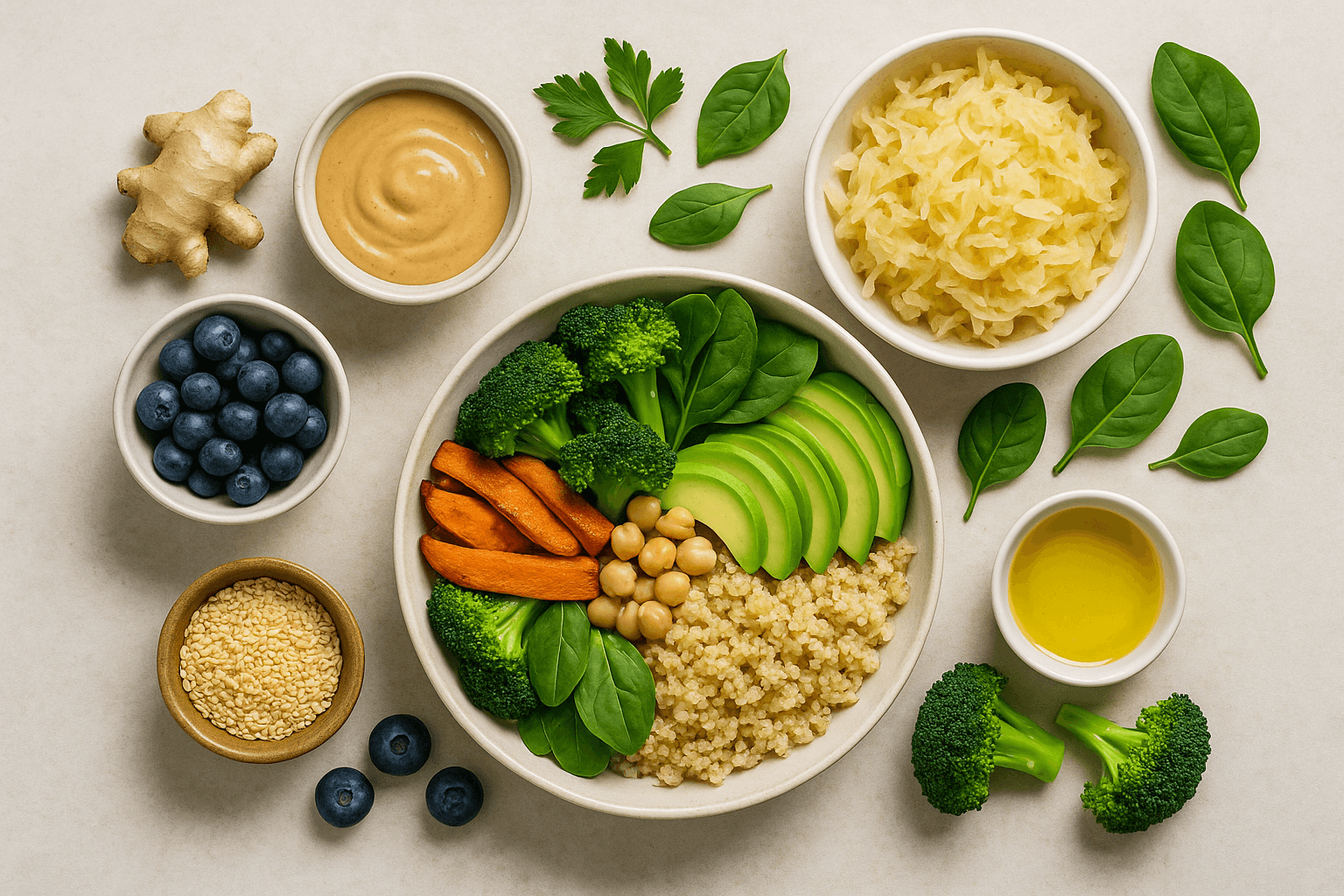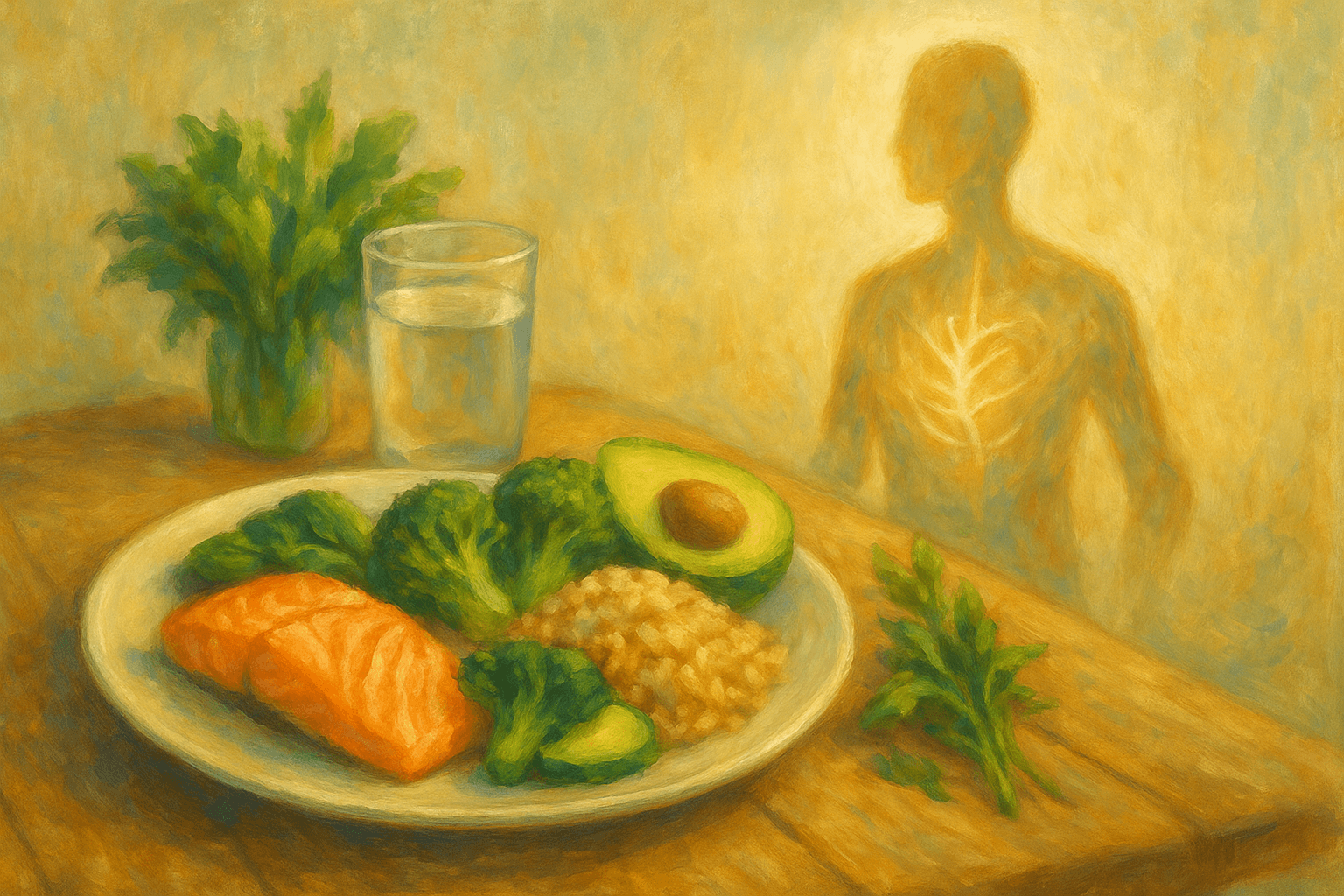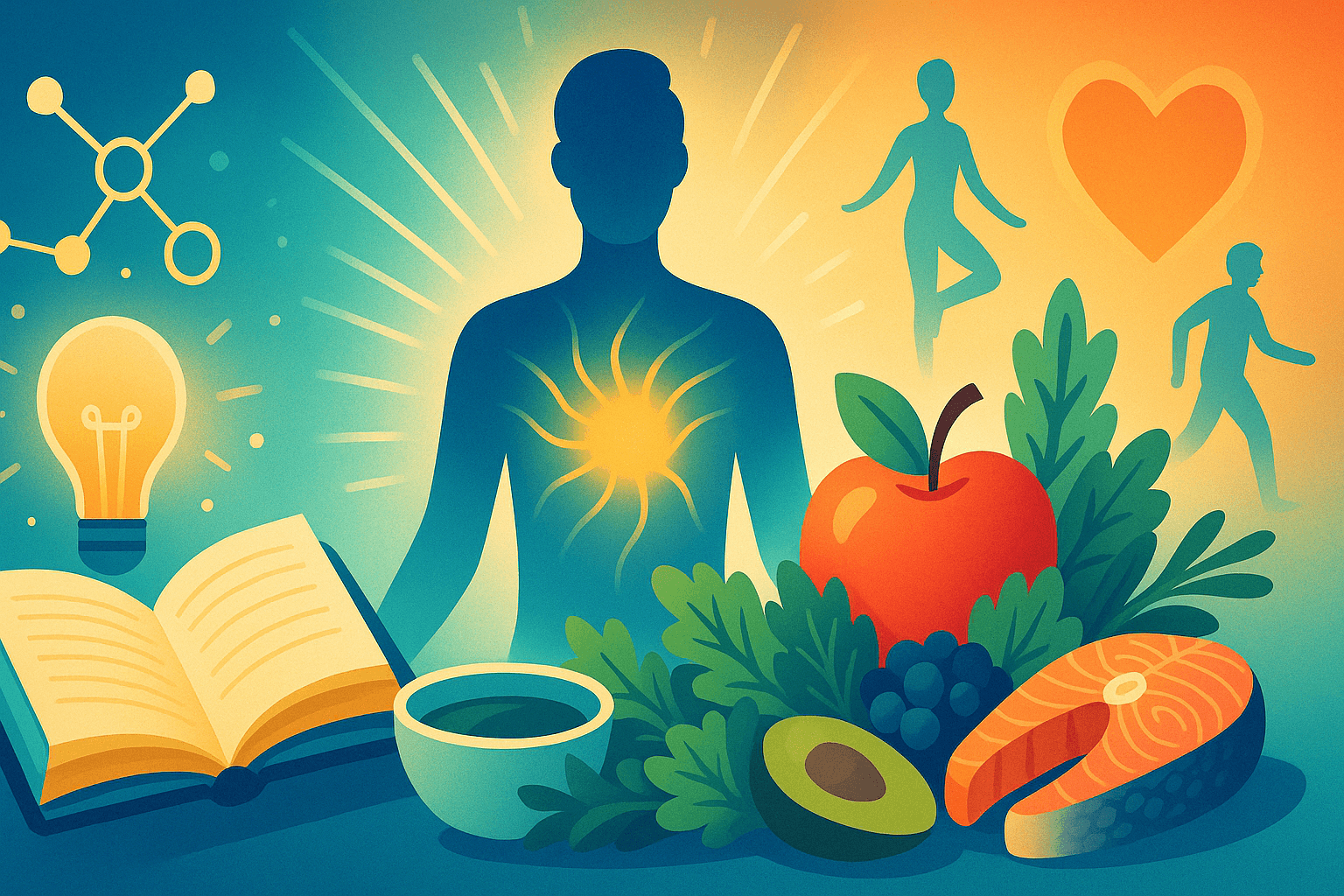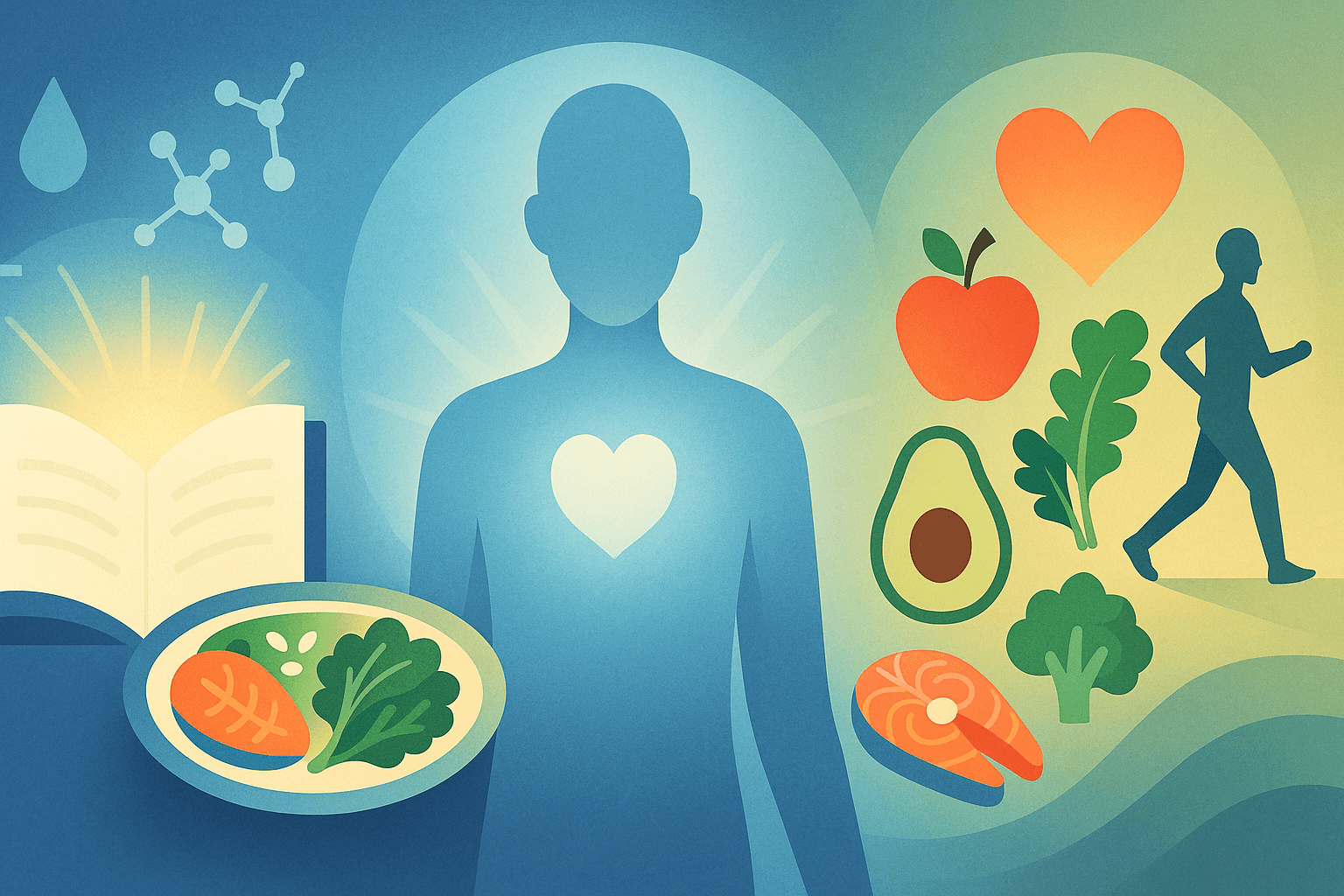Eat to Nourish: Special Diets That Support Gut Health, Cell Energy, and Longevity
Published on August 26, 2025

People associate “special diets” with prohibitive ones. But when done right, therapeutic nutrition isn’t about what you take out of your diet; it’s about what you add and how creative you get in rebuilding your health.
Your gut is more than just a conduit for processing food. It’s an ecosystem. A chemical laboratory. A key link between the immune and endocrine systems. It’s where 70 percent of your immune system resides, where serotonin is produced, where inflammation starts — or stops.
This post is your ultimate guide to: What special diets really are (and how they vary) How the gut is damaged — and how it can heal The top diets for bloating, inflammation, autoimmunity and leaky gut Adapting a protocol that actually works long-term
What Special Diets Really Are (and What They’re Not)
Therapeutic diets are not fad diets. They are purposeful, temporary templates to calm the immune system, reseal the gut lining, and bring balance.
The goal:
Remove what inflames
Rebuild what’s missing
Reinforce resilience
The common types:
Anti-inflammatory protocol
Low-FODMAP diet
AIP (Autoimmune Protocol)
SCD or GAPS (gut related protocol)
What Hurts the Gut (And Why It Matters)
Before you jump on the “clean eating” wagon, learn what really hurts the gut in the first place.
Common disruptors:
Chronic stress (lowers enzymes + junction integrity)
Packaged food (emulsifiers, gums, sugar, seed oils)
NSAIDs, antibiotics
Lack of prebiotic fiber, ferments, microbial diversity
Leads to:
Leaky gut
Dysbiosis
Subclinical inflammation
Food sensitivities, fatigue, mood swings
Healing begins when you eliminate the disruptors and feed the repair systems.
The Big Four: Which Protocol Works Best
1. Anti-Inflammatory Framework
Eat more:
Steamed green veggies, berries, wild fish, olive oil, turmeric
Ferments: onions, sauerkraut, kefir, miso
Bone broth, collagen, squash
Avoid: Sugar, alcohol, refined grains, seed oils, dairy (optional)
2. Low-FODMAP Protocol Remove: Onion, garlic, legumes, apples, dairy
Phases: Remove → Reintroduce → Personalize
Best for: IBS, SIBO, gut sensitivity
3. Autoimmune Protocol (AIP) Eliminate: Grains, dairy, nightshades, nuts/seeds, eggs, coffee, processed foods
Emphasize: Liver, bone broth, wild fish, cooked greens, fermented vegetables
4. SCD/GAPS Remove: Complex carbs, grains, starches, sugars (except honey)
Add: Bone broth, slow meats, stewed fruits, probiotic ferments, yolks, ghee
Personalizing a Healing Diet
Ask:
What symptoms dominate (gut, mood, energy, skin)?
What can you realistically prep or cook?
What foods are your non-negotiables?
Base meal ideas:
Stew + greens + olive oil
Protein + root veg + kraut
Veg hash + broth drizzle
Simple soup + avocado toast (SCD-legal)
Quick system:
Base = veg
Staple = protein or fiber-rich carb
Sauce/fat = EVOO, tahini, chimichurri, pesto, avocado mash
Have 5 non-negotiables in the kitchen:
Cooked protein
Prepared vegetables
Ferments
Flavor boosters
Soup base or clean stock
When to be strict vs. when to flex
Strict when:
You’re flaring
You need clarity or reset
Energy is inconsistent
Flex when:
Symptoms stabilize
You feel confident and resilient
You’re under stress or emotionally spent
Reintroduction phase:
Choose 1 food to test
Eat with a neutral base
Wait 1–3 days
Watch for: digestion, energy, mood, sleep, joints
Final Thought: A Relationship to Healing
A healing diet isn’t forever. But the awareness it builds lasts a lifetime.
Start gently. Stay curious.
This isn’t about fixing brokenness — it’s about creating safety.
And that’s the most nourishing thing of all.








